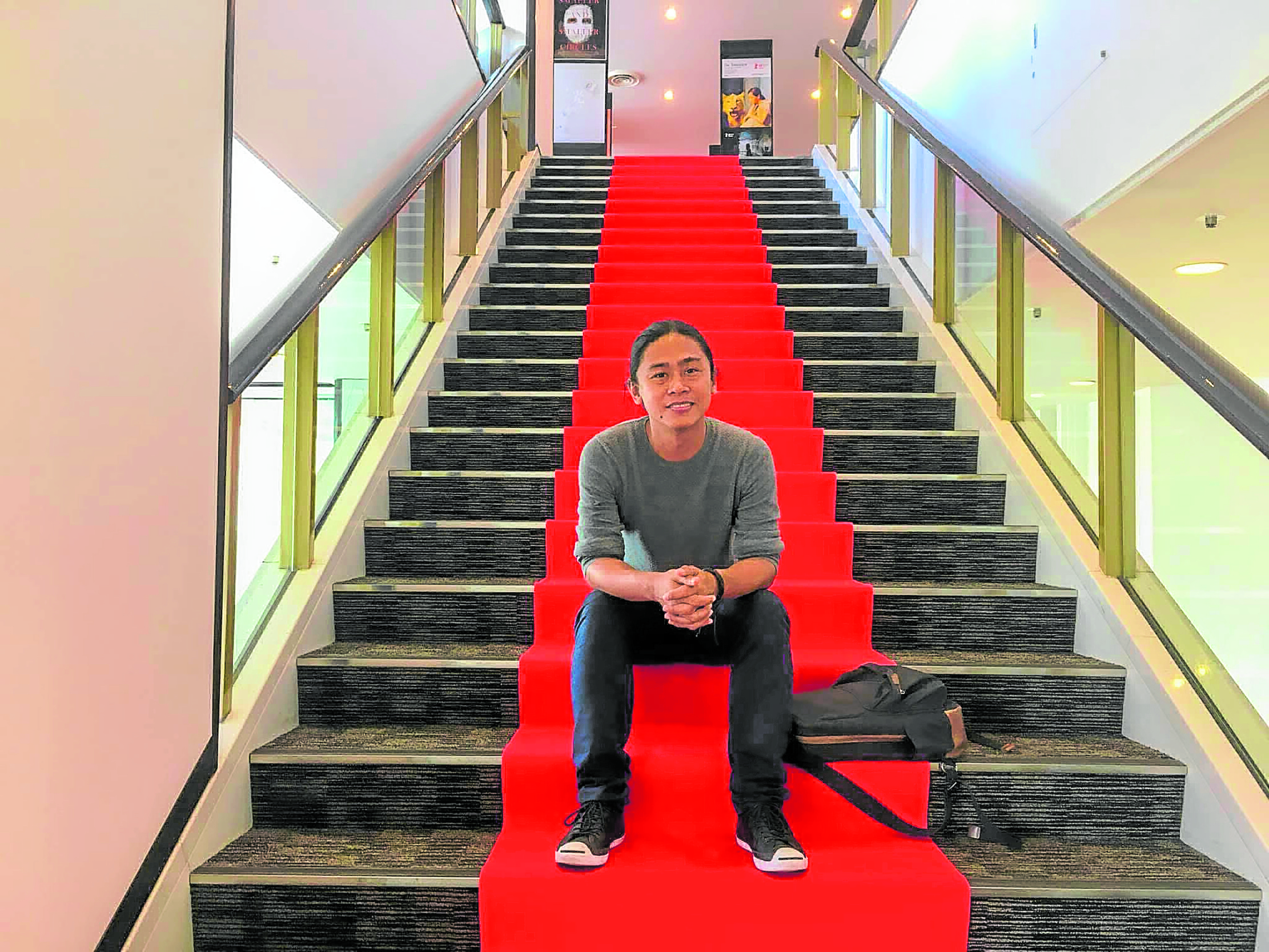Dingdong Dantes’ role in “Firefly” was initially intended to be a minor one but during the film’s editing stage, director Zig Dulay realized the story needed this particular character.
Dantes plays a storyteller and a children’s book author in “Firefly.” The film follows Tonton (Euwenn Mikaell Aleta) who, after hearing tales from his mother (Alessandra de Rossi) at bedtime, sets off to find the fabled island of fireflies. He eventually gets there—using clues from an old notebook—to wish his mother back to life.
The film, produced by GMA Pictures and GMA Public Affairs, is an entry to the 2023 Metro Manila Film Festival, which concludes on Jan. 7. Dantes, however, is promoting a different entry, “Rewind,” which he made with wife Marian Rivera.
“While we were editing, we used all of his takes and outtakes so his role had more depth and became more layered,” Dulay said. “If Dingdong could see this, he’d go crazy—to think it was just a quick take. The two of us had a really serious discussion on the importance of the storyteller, even while the camera was rolling. We talked about how a storyteller—even if the story comes from a children’s book—knows that he should put himself into the story, as well as his experiences and mastery. That’s actually my realization: as an artist or storyteller, you will not be able to remove yourself from the story you are telling.”
Street smart
Aleta, the young actor who plays Tonton, was picked from a pool of child actors in an audition, the director said. “We saw both innocence and strength in the kid—that’s what landed him the role. During his journey to the island, Tonton will realize that all the things his mother told him are true. It’s important that the actor appears innocent but street smart.”
While he has done some TV work, Aleta was made to attend a workshop for film acting. “He went through a lot during the shoot. I had to guide him throughout because he is the film’s lead actor. Even for an adult, it’s physically draining to be in all the scenes. How much more for a kid? It was nice that he treated many of the scenes as actual play. He would jump and run, and play games. Of course, although inspirational, this has a dramatic pull in the end just like all dramatic films,” said Dulay.
“That’s the other amazing thing about him. There’s this one long scene where he was expected to cry in the end but there was no way we could remind him what to do. I was glad he pulled it off. While we would do several takes per scene, I usually got his first ones because that’s where he was most real, most affecting,” the director told Inquirer Entertainment during a recent media gathering.
Win streak
Dulay’s win streak—for his short film “Black Rainbow” and soap series “Maria Clara at Ibarra”—continues. He recently posted on his Facebook account a screenshot of a letter of commendation for the series from no less than GMA 7’s chair, Felipe Gozon. This was why Dulay admitted to feeling pressure on his shoulders because of “Firefly.”
“I feel it especially when people say they will watch it just because they know I directed it. It’s flattering when people promise to take a gamble on your film even though they have not seen the trailer yet. At the same time, I also feel grateful for their trust.”
The director admitted to initially turning down the offer to direct “Firefly.” After all, it is the first project that he directed with a story he didn’t write himself. “All of my indie films were about socio-realism, so this didn’t fit—it’s magic realism and uses green screen. I believe that the story chooses its storyteller. The only thing that felt applicable was that it’s a mother story—that’s what I held on to. I felt the connection, eventually,” Dulay said of the story written by Angeli Atienza.
“Even though it’s important for me as an artist to connect to my audience, it’s more important for me that I was able to satisfy myself. It’s important that I am able to feel it before I show it to others. Now that it’s done, I just leave everything to the universe.”
Healing process
Even while making “Black Rainbow,” Dulay said there was very little expectation for it. “That time, I was doing a teleserye and wanted to do a short just to reground myself with filmmaking. The universe conspired to help me and the film ended up being shown in many festivals and winning awards,” he pointed out.
The TV series “Maria Clara at Ibarra,” “although 100 times more difficult than the short film,” went through a similar process. Dulay had to first discover how he could relate to it. He said: “At the core of the project is my love for ‘Noli Me Tangere.’ I used to teach it to students or discuss it during talks. I was able to relate to the project because of my desire to retell ‘Noli.’”
His “Bambanti” is worth mentioning because it was while making the said film that Dulay achieved healing from a childhood trauma. “Just like Tonton, who needed to publish the storybook to fulfill his promise to his mother, I had to finish ‘Bambanti’ for my own mom. The child in the movie, who was traumatized after being falsely accused of a crime, was me in real life. While shooting, I realized how my mother shielded me from criticisms, how I was able to survive the bullying. I was able to process these things while making the film.”
Dulay continued: “That’s what Dingdong and I talked about during the outtakes—how an artist can use his art to heal his own wounds, to face his trauma, to use his own pain to make art and eventually turn himself into a better person.” INQ
